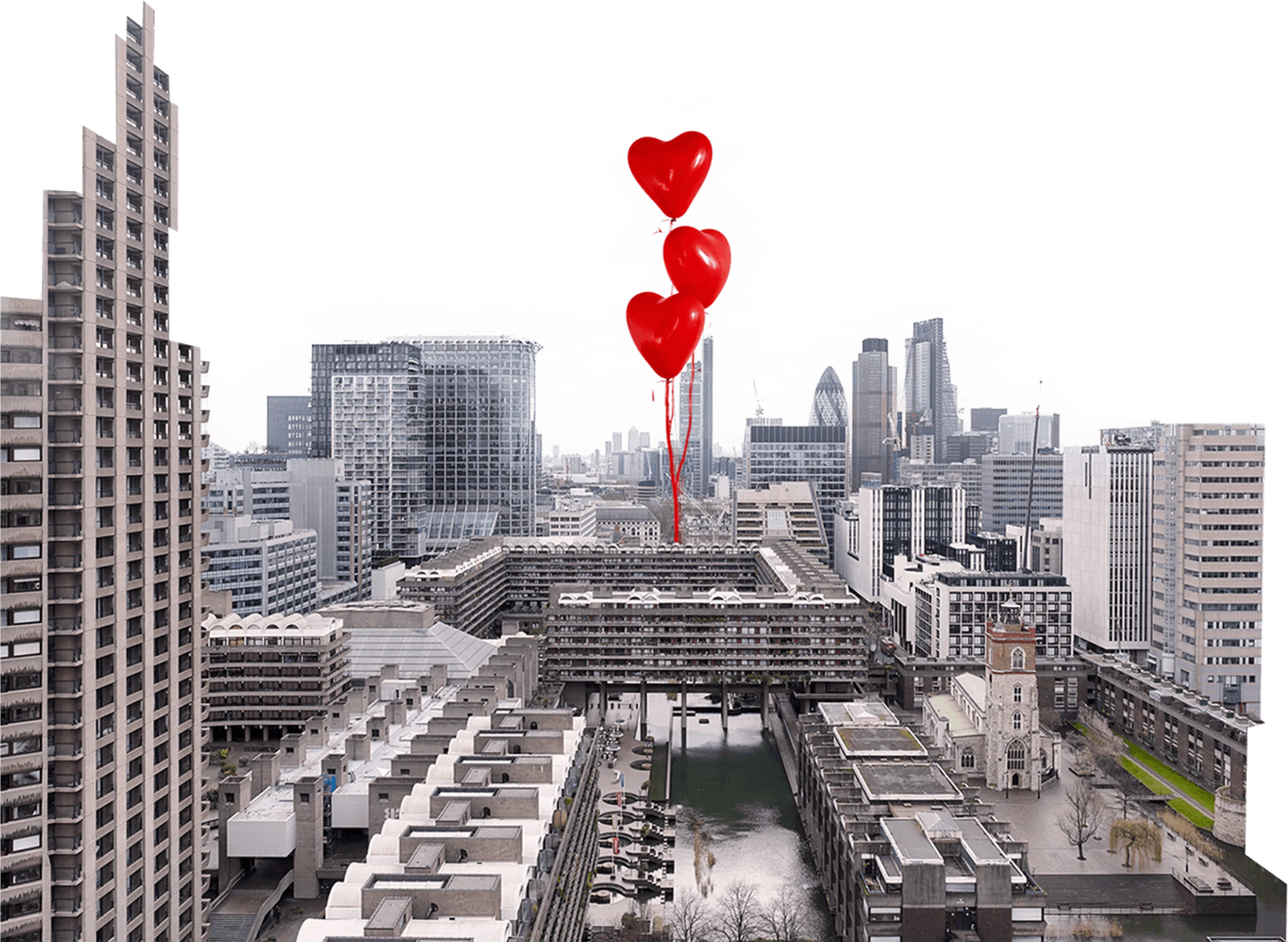I must admit, at risk of some well-deserved cries of “boomer”, that until recently I was of those types who hated “modern architecture”. It is a regrettable fact that our country has suffered at the hands of self-aggrandizing architects, let loose on our skylines. Some 77% of Britons reported that they preferred classical architecture to contemporary designs and yet newer and ever more abstract designs are approved for erection across the country. How can it be that the public is so overwhelmingly against something which continues to happen and shows no signs of changing? I genuinely could not understand how we had strayed so far from the path set out for us in so many public buildings from previous centuries. I stared in disbelief at people who claimed to enjoy the steel and glass monstrosities that festooned our cities. Indeed, I even welled up at the thought of old buildings being bulldozed to make space or, the ultimate humiliation, an old building being irrevocably “modernized”, such as the Royal Ontario Museum or the Bundeswehr Military History Museum in Dresden.

In particularly challenging circumstances, such as when X was replaced by Y and immediately collapsed, I even began to wonder whether there was a deeper meaning behind what I perceived to be complete idiocy. Enter the smoky pub backroom that is 4chan. Long threads complete with suitably monochrome and grainy before, and their accompanying garish after pictures demonstrating the ubiquitous decline in standards and appreciation for beauty. Eminent figures on the intellectual right feature a little less frequently, providing more proof, in a disembodied way that the West was in peril of losing its identity forever. This fear of loss is a powerful motivator, not that it requires much to provoke rage on the internet, and there was a palpable sense that the closing of an underutilised church would quickly lead to burning the Magna Carta and Sharia law.
Of course, the slow adaptation of our physical environment was the inevitable consequence of times and tastes changing, not a grand conspiracy to rob the West of its distinctive architectural heritage. However, when combined with the usual story of the construction being of poor quality, over-budget and delayed (double points if it’s at the taxpayer’s expense), it conveys the comforting thought that no, it’s not you, it’s the world.
It is easy to accept these thoughts, and those thoughts many others have written more effectively, on the subject of confirmation bias so I won’t go into it further here. Although, I’ve found that a far fewer number have written about unconfirming that bias. I have recently returned from a holiday to Italy, and I fully imagined the trip would be one long parade of “this is how it’s supposed to be” architecture. I was utterly convinced that the Italians had some of the finest architecture in the world, which was in no small part due to their reverence of classical and renaissance forms.
Alas, it was not to be. Having been fully immersed in the heady Italian mix of museums, mausoleums, masonry and mosaics, I can safely say I no longer believe the millenarian woes which afflict so many people on the right. It is not that I don’t find classical architecture beautiful anymore, if anything, the trip entrenched my love. It is that not every building is a masterpiece, which is a necessary fact for the argument that “old is objectively better”. Take for example, the Altare della Patria in Rome (I realise that this argument would be far stronger if the building were actually ancient, but for the sake of the article just pretend that it is). I wager that if you were to show most people on the street a picture of the building, they would recognise it with words such as “Classical”, “Roman”, “Greek” or words to that effect. Its real heritage as a 19th-century imitation isn’t an academic quibble, but the root of the issue.

I think what really broke the illusion was gaudiness. It seemed that the building had identified a few key motifs of classical architecture and amplified them to ludicrous proportions. The massive Quadriga statues seemingly dwarf the building they sit on, only to be dwarfed themselves by the truly monstrous equestrian statue of Victor Emmanuel II. I didn’t feel inspired or impressed by the façade, nor did I think it was even a good imitation of the Forum that it supposedly replicates. If anything at all, looking up at it made me feel a little dizzy. It wasn’t until the evening that I thought back and was disquieted to remember that I had been so unimpressed. Worse yet, I had dinner that evening across from the Spanish Steps and once again felt the now familiar faintly apathetic feeling.
It is not that I don’t find classical architecture beautiful anymore, if anything, the trip entrenched my love. It is that not every building is a masterpiece, which is a necessary fact for the argument that ‘old is objectively better’.
It was even later on, after I had returned to England that it dawned on me how fundamental this feeling was, and how incongruous it was with how I thought I felt about aesthetics in general. I didn’t quite hear glass shattering, or scales falling away, but perhaps the dim rays of a lightbulb flickered into view. Not all classical buildings were beautiful, just as today, many of the structures we throw up leave something to be desired visually. Equally, the cognitive dissonance of quietly being thankful that Augustus “found a city of bricks and left a city of marble”; whilst bemoaning the knocking down and remodelling of our own cities started to unravel my thoughts. Once the entrenchment of this long-held belief was uprooted, more obvious conclusions made themselves known: the survivorship bias of taking old buildings today as indicative of what the architectural landscape would have been, Poundbury being both schizophrenic and twee simultaneously, if I can find something like the Vittoria gaudy, is it any wonder there are people who view all classical styles with distaste?
I like to think that this one incidence of introspection unravelling decades of self-indoctrination appeals well to the Theroux’s, Ronson’s or Maddix’s of this world. After all, a common argument used in their defence against claims of banality, irreverence or improper distribution of the world’s limited bandwidth on social issues is that laughter dispels tyranny. While I agree that it isn’t a complete analogy (again, just pretend that it is for my sake) as I didn’t weep with mirth at the sight of the palace. But I think part of their style has been vindicated. It wasn’t a fundamental rebuttal with long sentences and a host of sources, nor a “definite” answer from “experts” who “agree” that you’re “totally wrong” headline in The Atlantic. All it took was a long stare at a literally palatial question mark for me to start questioning my own assumptions. Perhaps we would all be better off with a two-hundred-metre-tall cut-out of Louis saying “Are you sure?” in every city. Although, I pray that we bulldoze something postmodern to make space for it.
Written by
Adam RossGraduate, works in professional services. Persistently baffled by other peoples' view of the world.
Weekly emails
Get more from Adam
The Fledger was born out of a deep-seated belief in the power of young voices. Get relevant views on topics you care about direct to your inbox each week.
Write at The Fledger
Disagree with Adam?
Have an article in mind? The Fledger is open to voices from all backgrounds. Get in touch and give your words flight.
Write the Contrast

